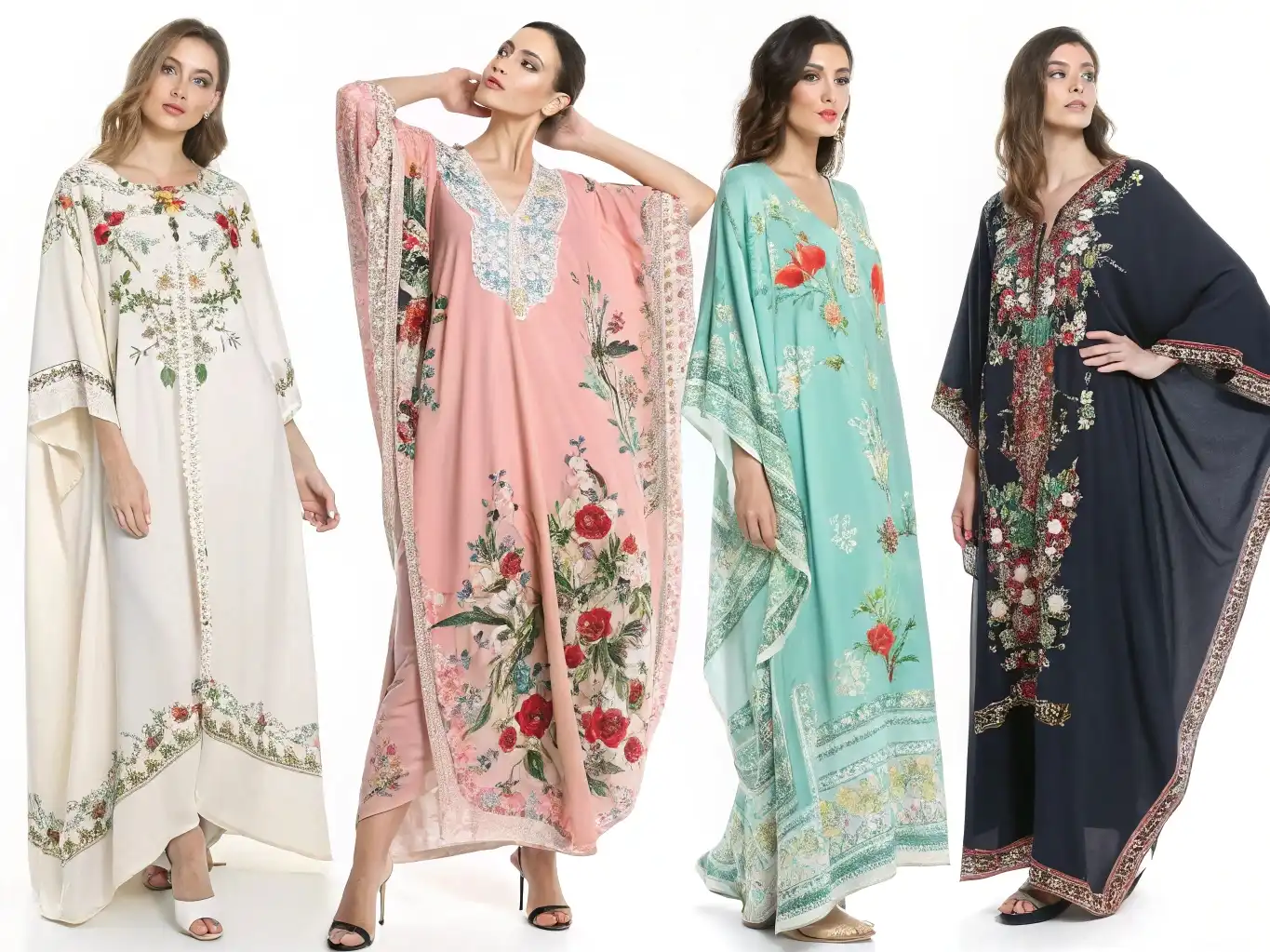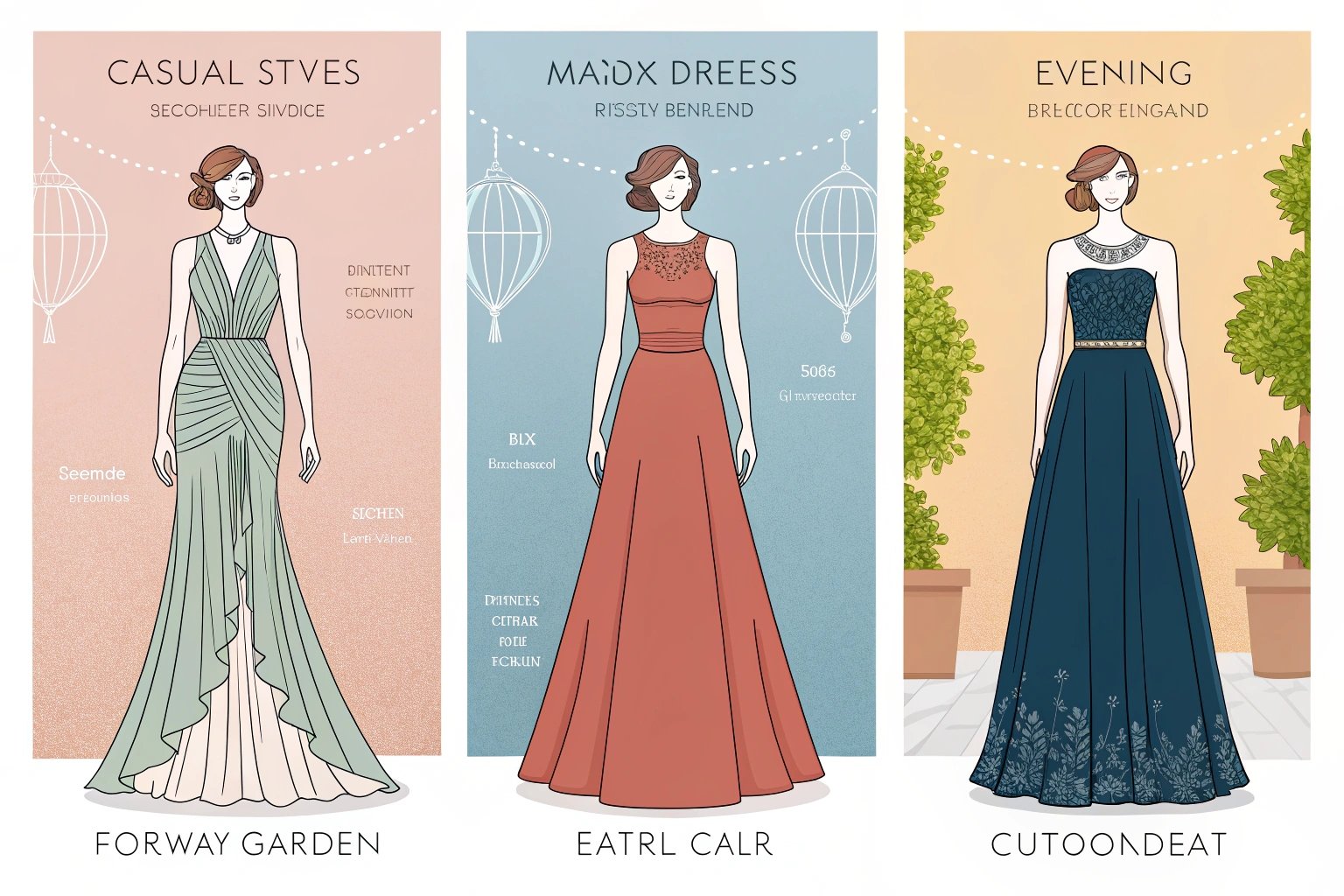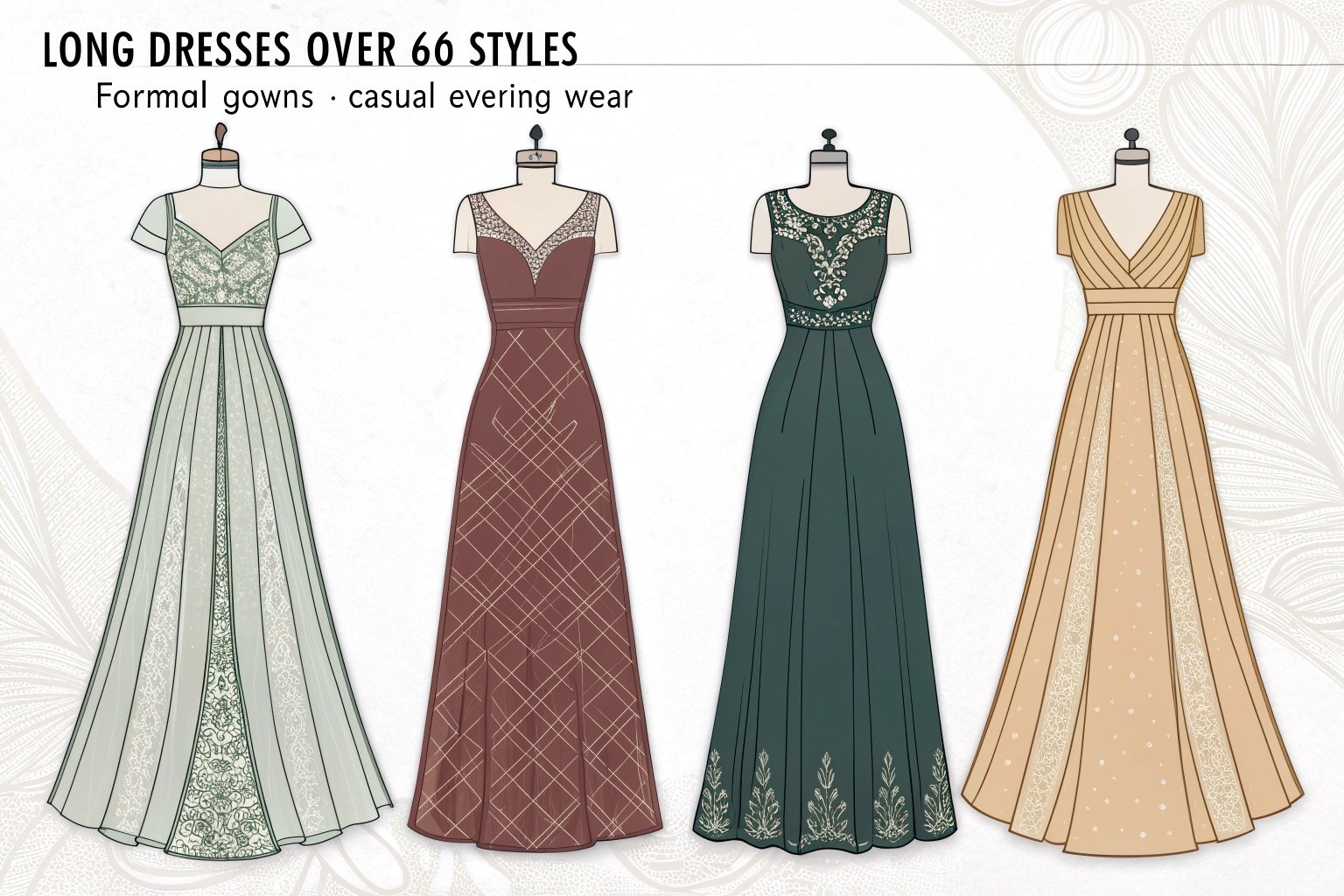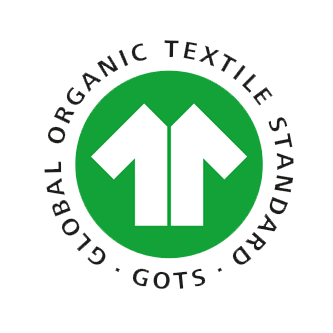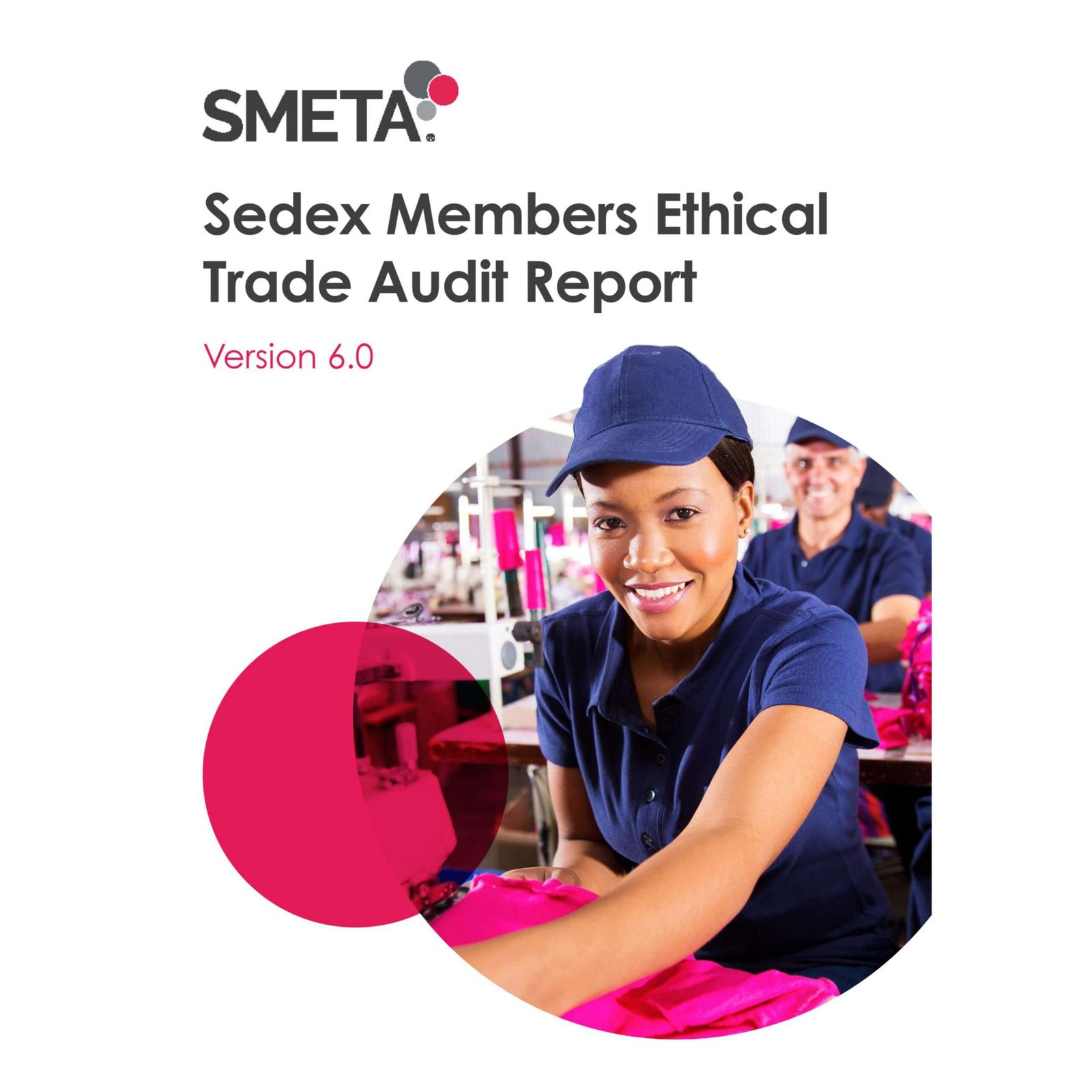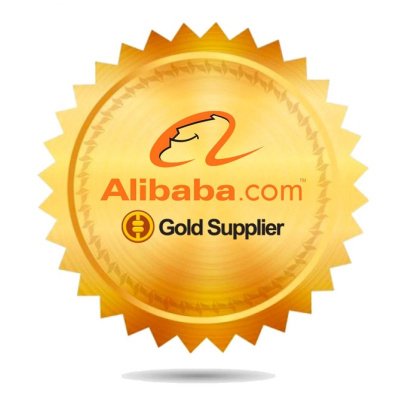Many new entrepreneurs entering the apparel business often use the titles “fashion designer” and “clothing designer” interchangeably. While they both design garments, their roles, scope of creativity, and industry positioning are different. Understanding these differences helps in hiring, collaboration, and aligning brand goals.
A fashion designer focuses on conceptual aesthetics, runway creativity, and brand storytelling, while a clothing designer emphasizes function, construction, and market-ready styles.
At Xzapparel, we’ve worked with both types of professionals—and we’ve seen how their contributions impact the final product in very different ways.
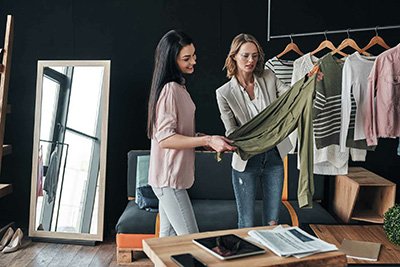
What defines a fashion designer?
A fashion designer is a visionary.
They often work on seasonal collections, fashion week lines, or brand identity development, blending art and apparel with trend-forward aesthetics.
Responsibilities of a Fashion Designer
- Creating mood boards and seasonal themes
- Conceptualizing garments from abstract inspiration
- Choosing fabrics, colors, and silhouettes that express brand DNA
- Leading creative direction of collections
- Collaborating with stylists and media
Fashion designers are crucial in high-fashion, luxury, and brand-driven segments.
What defines a clothing designer?
Clothing designers are more practical and technical.
They translate ideas into wearable garments that meet cost, functionality, and consumer comfort expectations.
Responsibilities of a Clothing Designer
- Working closely with pattern makers and technical teams
- Focusing on material usage, fit, and wearability
- Balancing trend with sales data and production feasibility
- Adjusting designs based on MOQ, sewing limitations, and QC
- Developing pieces with consistent sizing and mass production in mind
Clothing designers are vital in ready-to-wear, uniform, and commercial fashion categories.

How are the creative processes different?
Creativity is key in both—but the application differs.
Fashion Designer Workflow
- Trend forecasting or theme inspiration
- Sketching dramatic silhouettes or detail-rich concepts
- Building runway or editorial-level appeal
- Less constrained by cost or production logistics
Clothing Designer Workflow
- Reviewing sales data or merchandising plans
- Adapting styles for customer comfort and fabric performance
- Prioritizing clean construction and repeatability
- Focused on efficient patterning and minimal wastage
At Xzapparel, we often integrate fashion-forward concepts from fashion designers with commercial adjustments by our in-house clothing designers.
What industries do they typically work in?
The job market reflects their strengths.
Fashion Designers Commonly Work In:
- Luxury houses (e.g. Dior, Balmain)
- Fashion week labels
- Conceptual or couture studios
- Art/fashion crossover projects
- Creative direction for brand storytelling
Clothing Designers Commonly Work In:
- Apparel factories (like ours)
- Activewear and workwear brands
- Retail private label teams (e.g. Target, Zara)
- Uniform or promotional apparel producers
- Mass-market technical teams
Skill Sets & Tools Comparison
| Skill/Tool | Fashion Designer | Clothing Designer |
|---|---|---|
| Design Software | Illustrator, CLO3D | Illustrator, Excel, CAD |
| Trend Focus | High | Medium |
| Pattern Knowledge | Basic to moderate | Moderate to advanced |
| Fabric Utilization | Visual and tactile | Cost-efficient |
| Collaboration | Stylists, PR, Creatives | Pattern makers, factories |
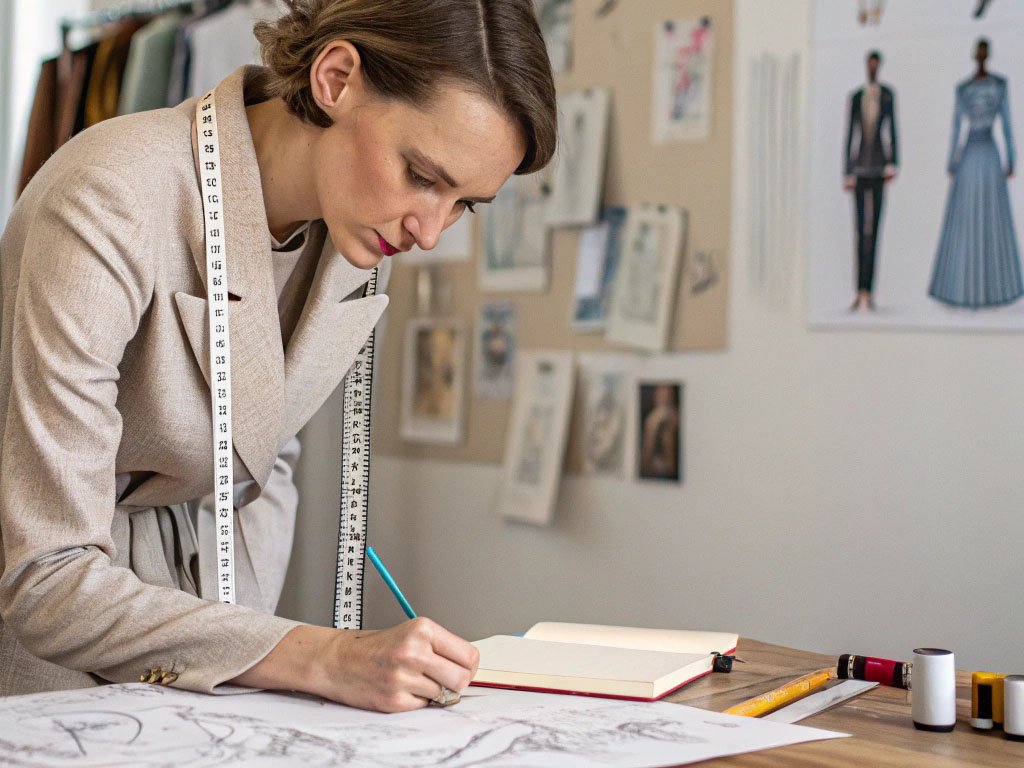
Can one person do both roles?
Yes—but it depends on experience.
Many designers begin with a fashion-focused mindset but develop technical skills over time to fit commercial production needs.
Hybrid Roles
- Technical Fashion Designer
- Apparel Product Developer
- Fashion Engineer
These hybrid positions are especially common in small brands, where one person oversees both concept and construction.
How does this impact manufacturing?
As a factory, clarity between roles streamlines our process.
Fashion designers may deliver inspiring visuals, but we rely on clothing designers—or their equivalents—to finalize specs and resolve production constraints.
Common Challenges When Only Fashion Designers Are Involved
- Missing construction details
- Fabric choice not suited for sewing process
- Abstract design with unclear fit grading
That’s why at Xzapparel, we offer tech pack consultation and pattern review services.

When should a brand hire each?
It depends on your phase and business model.
Hire a Fashion Designer If:
- You’re launching a runway capsule
- Your brand relies heavily on visual storytelling
- You want press, awards, and creative exposure
Hire a Clothing Designer If:
- You’re launching a DTC basics or essentials line
- Your focus is scaling SKUs quickly
- You want to reduce production sampling errors
Many of our B2B clients start with a fashion designer and then transition to clothing designers once scaling begins.
Conclusion
Fashion designers and clothing designers both shape what we wear—but from different angles. Fashion designers lead the vision; clothing designers make it real. At Xzapparel, we bridge the two worlds to help brands thrive from sketch to shipment.
Need support aligning creativity with production feasibility? Let’s build your brand the right way.


